At first glance, Kate Cook’s artwork might seem like a paradox—a seamless blend of classic oil painting techniques with the high-octane world of automotive enamels. Her signature approach, which she calls “Artemotiv,” merges the meticulous craftsmanship of fine art with the raw energy of hot rods and muscle cars. But spend a few minutes with Cook, and the paradox resolves itself into something more profound: an artist who has not only found her lane but paved it herself.
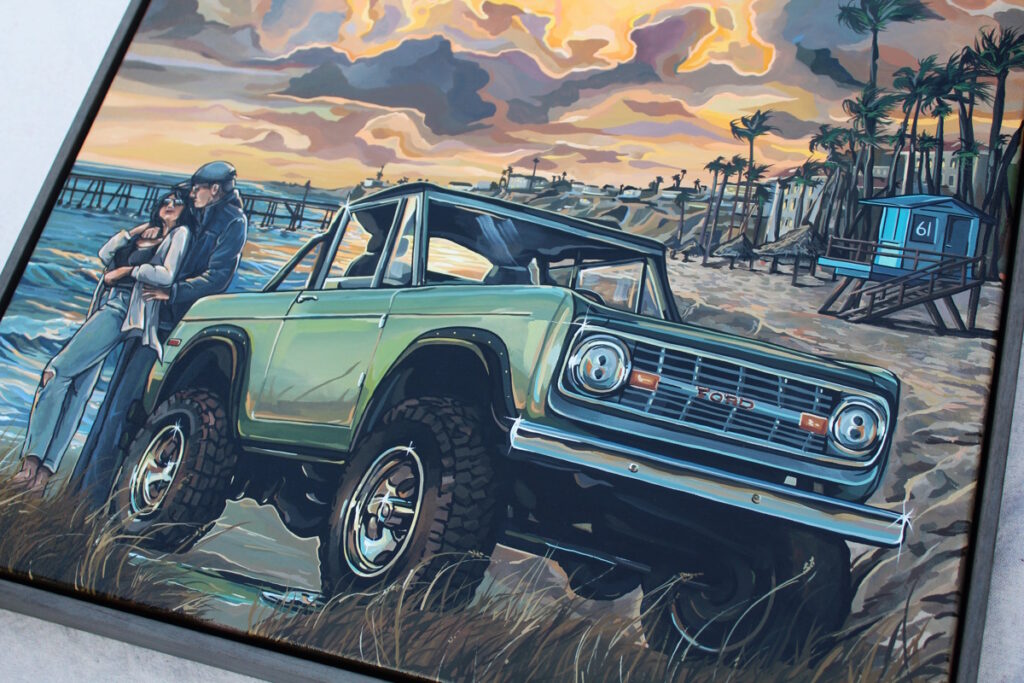
Asphalt Canvas From Sketchbook To Spray Gun
Cook’s artistic journey began in the mountains of Southern California, in the small town of Twin Peaks. “Growing up surrounded by art galleries, tourist shops, and the endless hum of car culture just an hour away in the valley, I was always pulled in two directions—fine art and horsepower,” she says. That tension would later become the foundation of her career.
Her first break came early. At 16, she illustrated a children’s book that was published in two languages, a project that paid enough for her to buy her first car: a 1966 Jeepster Commando. It wasn’t long before she and her father—an accomplished mechanic—turned a simple fixer-upper into a full-scale restoration. That Jeepster is more than just a beloved vehicle; it’s the soul of Asphalt Canvas Custom Art, the business Cook would later launch to marry her two passions.
In many ways, that Jeepster embodies Kate’s approach to life. “I learned how to drive a manual on that thing, how to get my hands dirty, how to take pride in something you build with your own two hands,” she says. “That kind of thing sticks with you.”
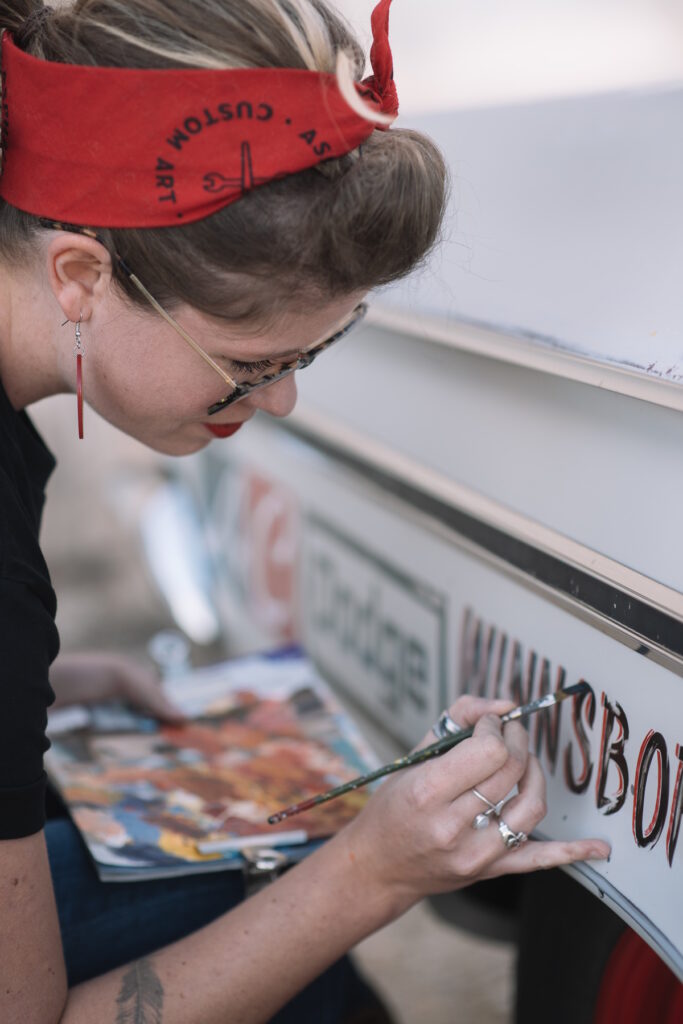
A Brush With Destiny
If you ask Kate Cook about the moment she knew she could turn her passion into a career, she’ll take you back to a car show in her early teens, where she watched an airbrush artist lay purple flames onto the hood of a GTO. “He handed me the airbrush and told me to give it a shot,” she recalls. “That was it. That was the moment.”
After earning her Bachelor of Fine Arts, Cook married her husband, Morgan, and moved to Texas. It was Morgan’s encouragement that finally pushed her to take the leap and pursue her art full-time. “I was juggling commissions with a day job, always wondering if I could make it work. Morgan looked at me one day and said, ‘Why not now?’”
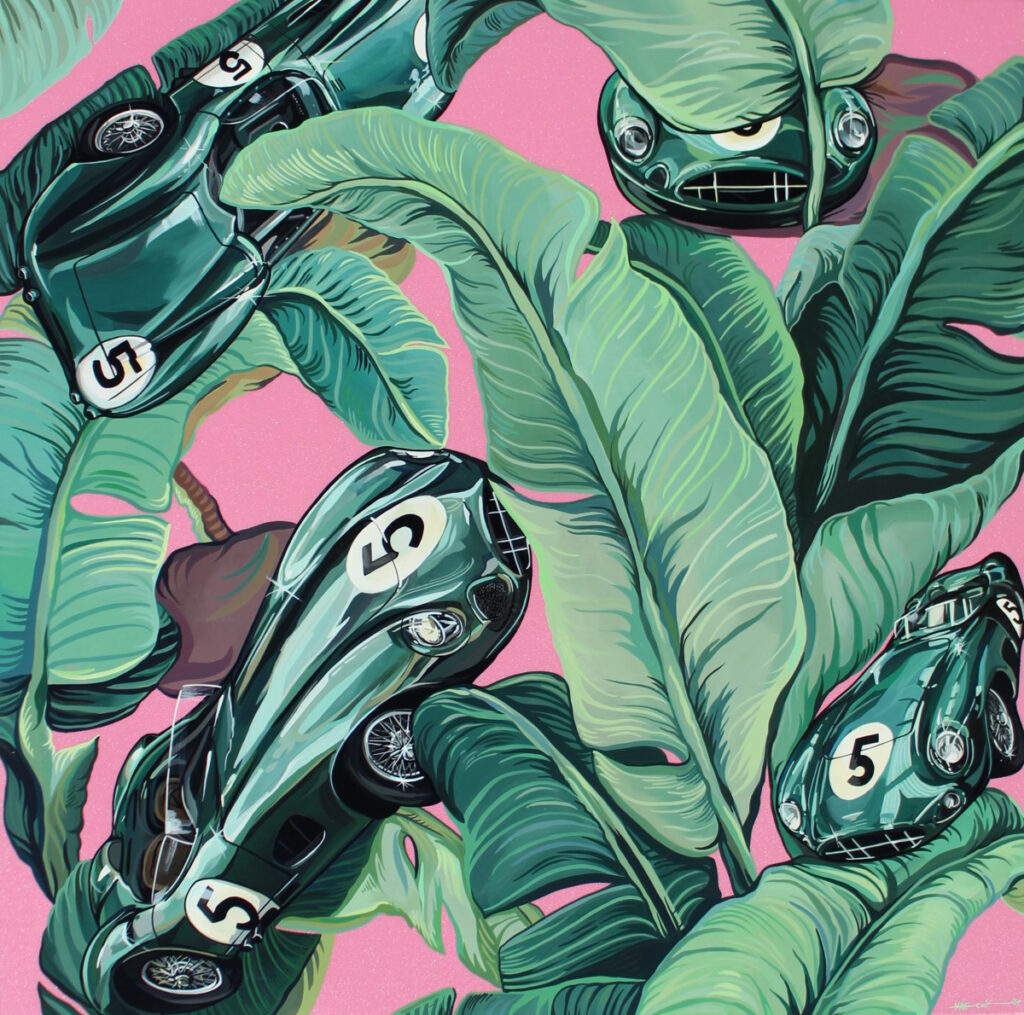
Kate Cook & The Art Of Auto Enamel
Cook’s Artemotiv method is more than a gimmick—it’s a meticulous process that fuses traditional oil painting techniques with the durability and sheen of automotive-grade paints. “I use the same enamels and clear coats that you’d find on a high-end custom build,” she explains. “The idea is to create artwork that doesn’t just depict cars but feels like it belongs in the world of cars.”
It wasn’t an easy transition. Unlike oil or acrylic, automotive enamel requires strict chemical compliance, extensive prep work, and near-obsessive attention to detail. Working alongside Josh Gonzalez of In Line Six Autobody in Lampasas, Texas, Cook spent years refining her process—learning how to sand, spray, and layer paint to prevent cracking over time.
That pursuit of perfection has set her apart in both the art and automotive worlds. “The gallery world doesn’t always understand automotive art, and the car world doesn’t always see fine art as part of its culture,” she says. “I live in that in-between space.”
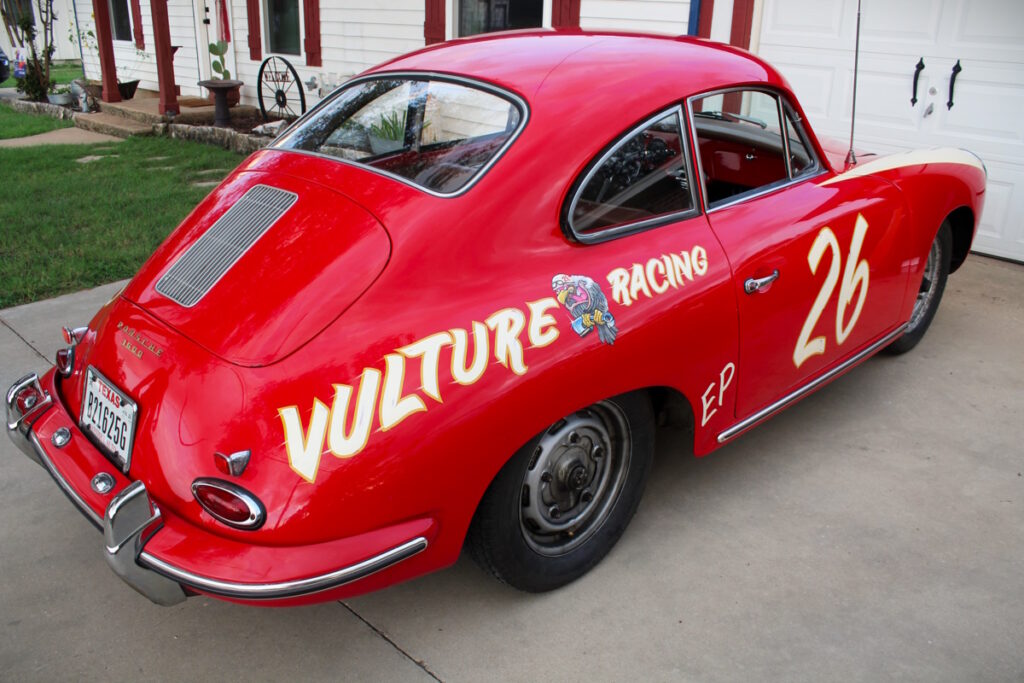
Nostalgia Of Asphalt Canvas
Cook’s work at Asphalt Canvas is infused with a sense of nostalgia, a love letter to classic Americana with a contemporary twist. “I could lean completely into the past, but I want my work to feel both timeless and modern,” she says. This balance is most evident in her High Gloss series, where she juxtaposes mid-century wallpaper patterns with bold, high-contrast automotive imagery.
Every piece begins with pencil and paper. Cook rarely relies on digital tools, preferring to sketch by hand before transferring her design onto canvas or metal panels. Some projects involve painting directly onto vehicles, a process that requires seamless collaboration with auto body professionals. “When you’re working on a car, you don’t get a second chance,” she says with a laugh. “It’s like tattooing—high stakes, no erasers.”
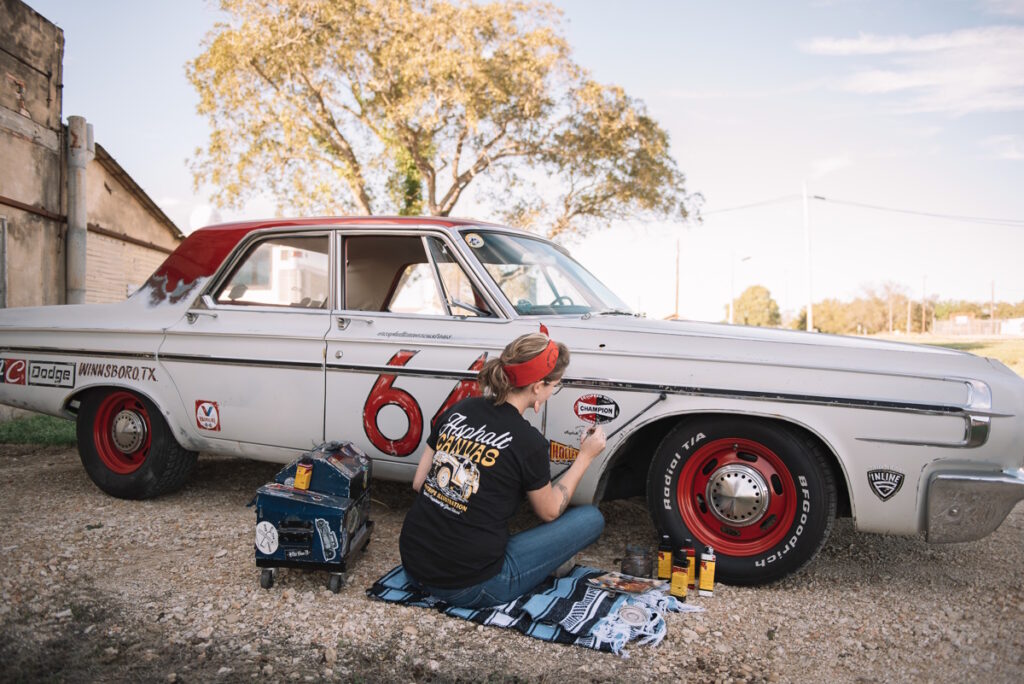
From SEMA To Rat Fink
Cook’s big break came in 2017 when she entered an international art contest hosted by Red Kap Workwear. Her submission—a black-and-white enamel painting of a hot rod reflecting the Las Vegas skyline—won the grand prize, earning her a featured spot at SEMA, the largest automotive trade show in the world. Rather than flying to the event, she and Morgan drove their 1964 Dodge Polara cross-country via Route 66, documenting the journey along the way.
Today, Asphalt Canvas has a client list that includes car collectors, hot rod enthusiasts, and some of the biggest names in the automotive industry. Cook is also a licensed Ed Roth/Rat Fink artist, a title that allows her to create officially sanctioned works featuring the iconic character. “Rat Fink represents the rebellious, DIY spirit of hot-rodding,” she says. “That’s exactly what I love about this industry—people who aren’t afraid to break the mold.”
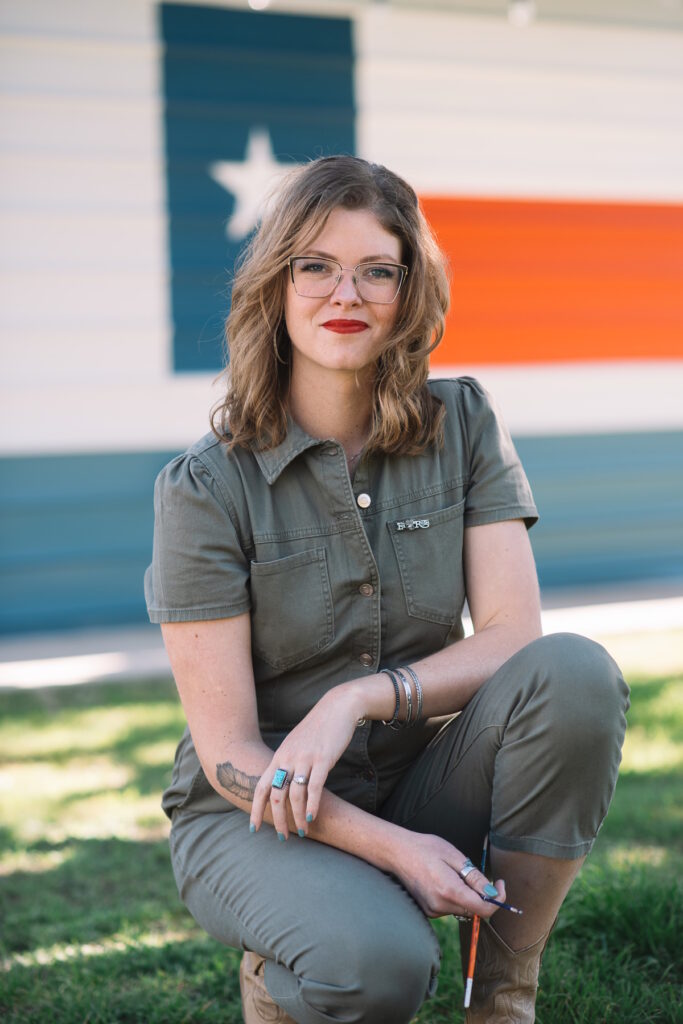
Giving Back & Looking Ahead
Beyond her art, Cook is deeply involved in the automotive community. She co-hosts the Great Texas Panel Jam, a live painting event that raises money for Scottish Rite for Children and has helped revive its legacy post-pandemic. Over the years, the event has raised over $300,000 for the hospital, an effort that holds personal significance for Cook as a mother.
Her latest venture, The Curated Craftsmen podcast, offers a behind-the-scenes look at the lives of creative entrepreneurs. “I wanted a space to share stories—not just mine, but of other artists, builders, and makers who are carving out their own paths,” she explains. The podcast has quickly gained a loyal following, blending insights on craftsmanship, business, and faith.
As for what’s next, Cook has no plans to slow down. She’s expanding her Asphalt Canvas High Gloss collection, collaborating with select galleries, and preparing for upcoming Concours events. And while her son, Orin, is still too young to pick up a paintbrush, he’s already a car enthusiast in the making. “He might love cars even more than Morgan and I do,” she laughs. “I guess it runs in the family.”
When asked about her ultimate goal, Cook pauses for a moment. “Legacy,” she says finally. “I want my work to outlive me—to become something that’s passed down, just like the cars I paint. Art and machines tell stories. I want mine to last.”
You can learn more at the Asphalt Canvas website or follow Kate on Instagram.
Images Courtesy of Asphalt Canvas Art

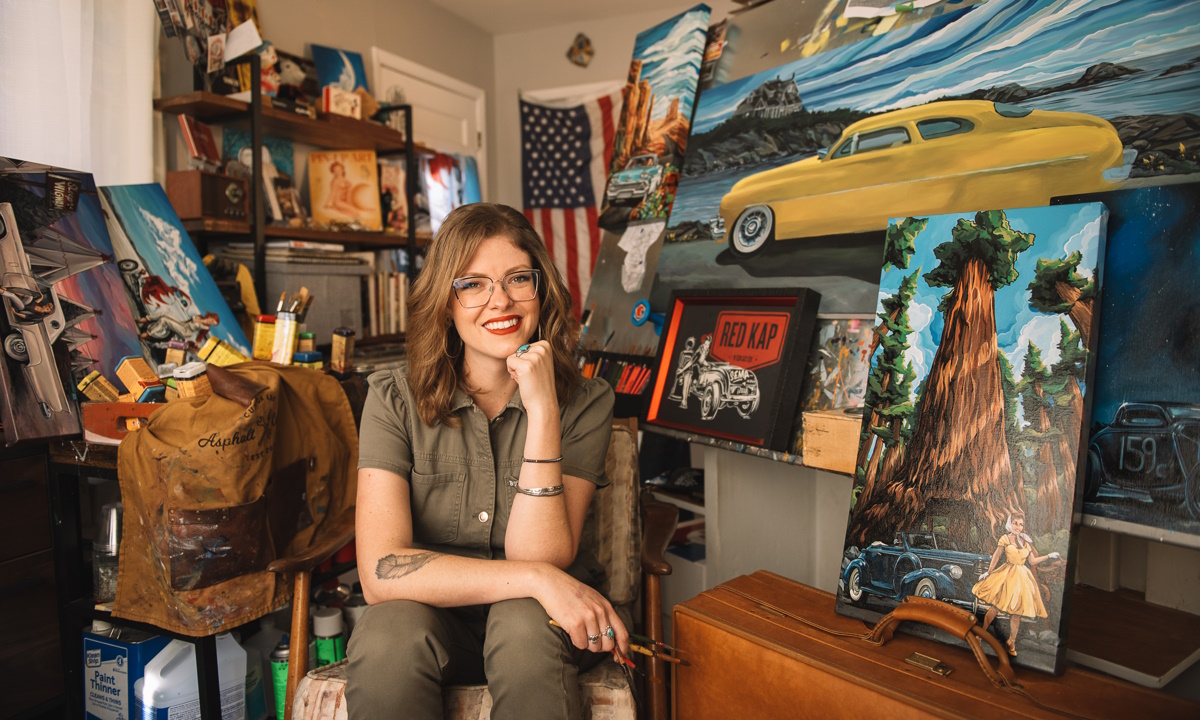
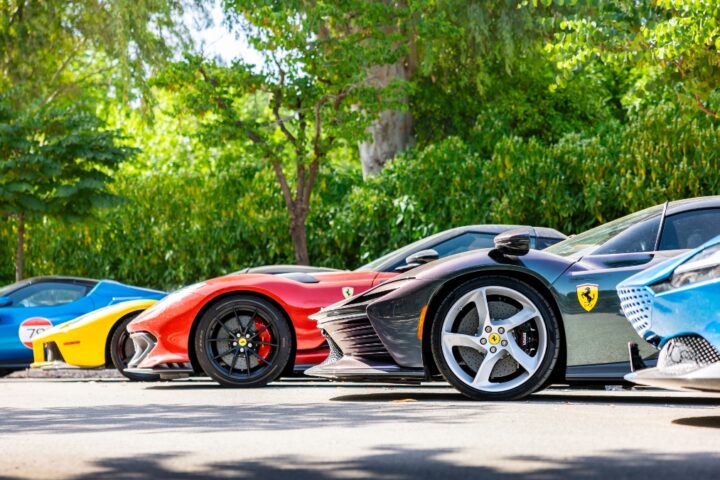
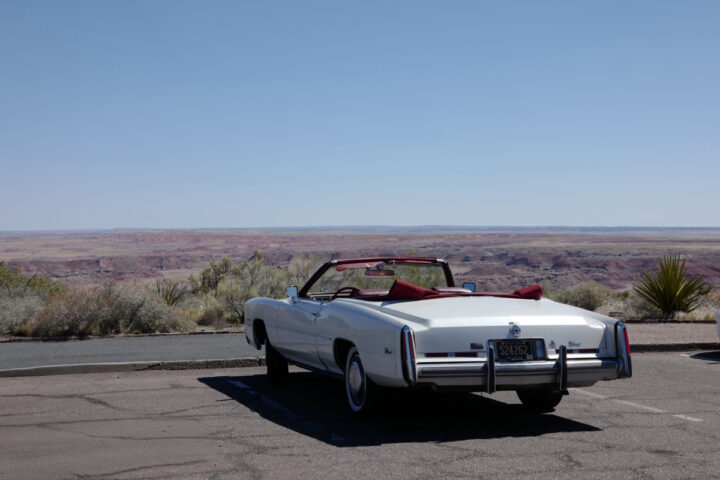
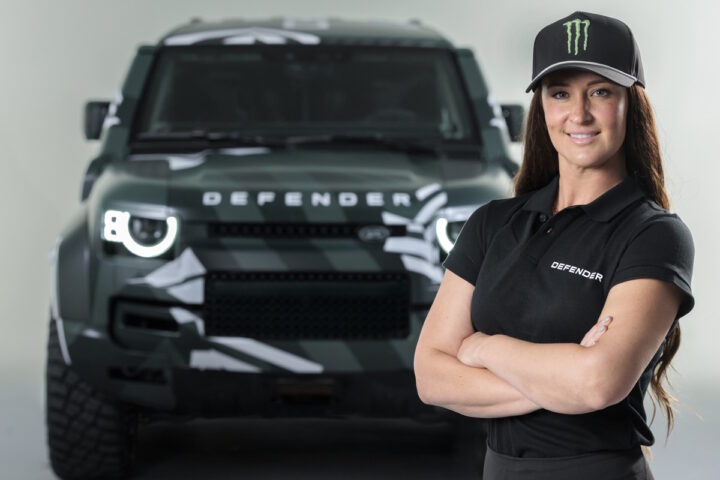

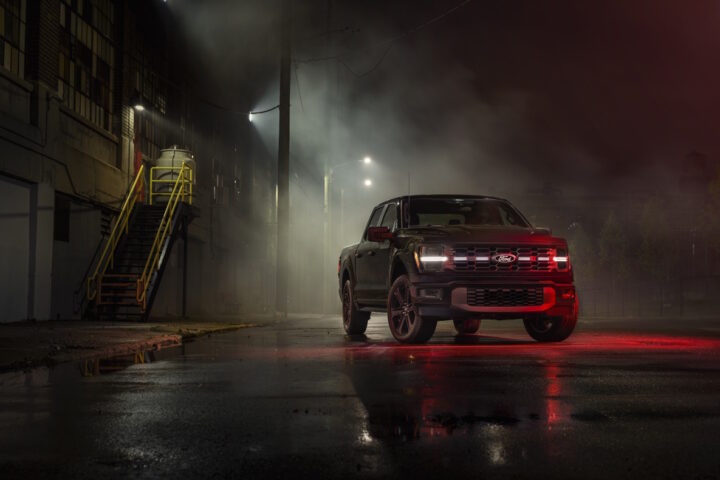
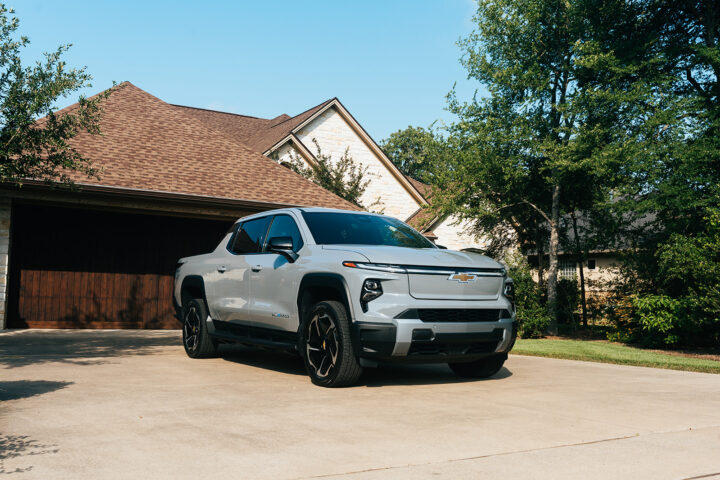

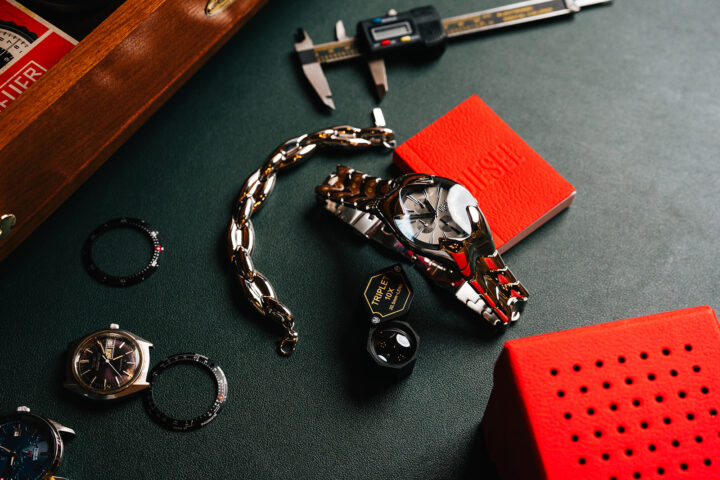
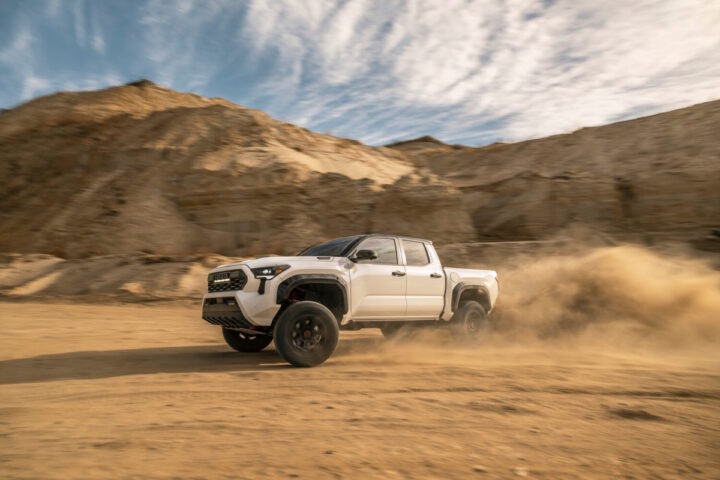
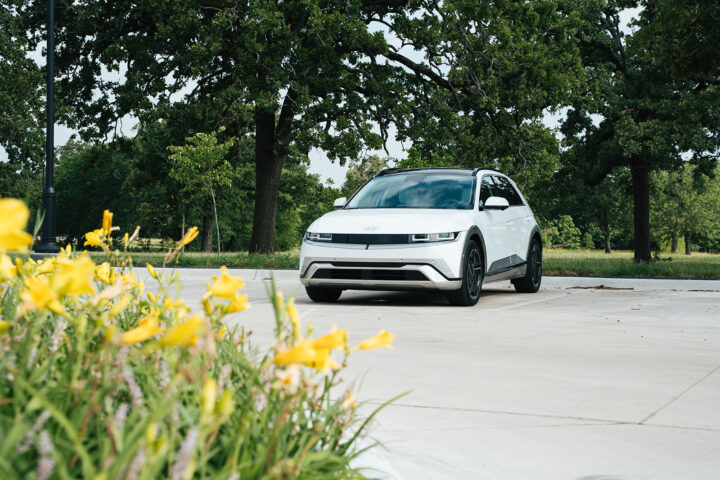
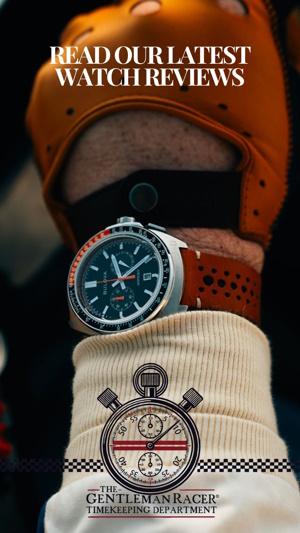

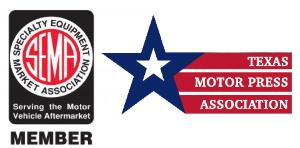




So excited to discover Kate’s artwork, love it!
Kate rocks, love to have one her originals one day.
F*ckin’ awesome things here. I’m so glad I found your article.
Love her work!
Kate Cook’s fusion of classic oil painting with automotive enamels is truly groundbreaking. Her ‘Artemotiv’ approach not only captures the essence of car culture but elevates it to fine art. The story of her restoring a 1966 Jeepster Commando with her father adds a personal touch that resonates deeply. It’s inspiring to see an artist who seamlessly blends passion, craftsmanship, and innovation. Kudos to The Gentleman Racer for spotlighting such a unique talent!
Kate, my pal, YOU ROCK! Love the wallpaper series you are doing.
So amazing to see a woman doing automotive art like this, especially the traditional sign painting.
Just discovered Kate because of this story on Pinterest. Love it! New Fan!
Don’t know what is better the art or the artist.